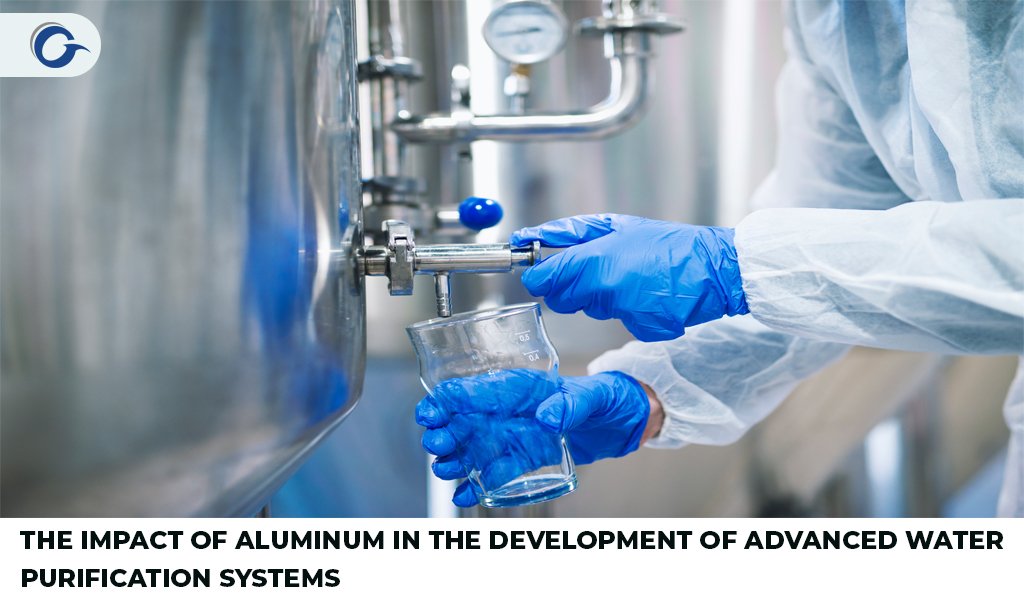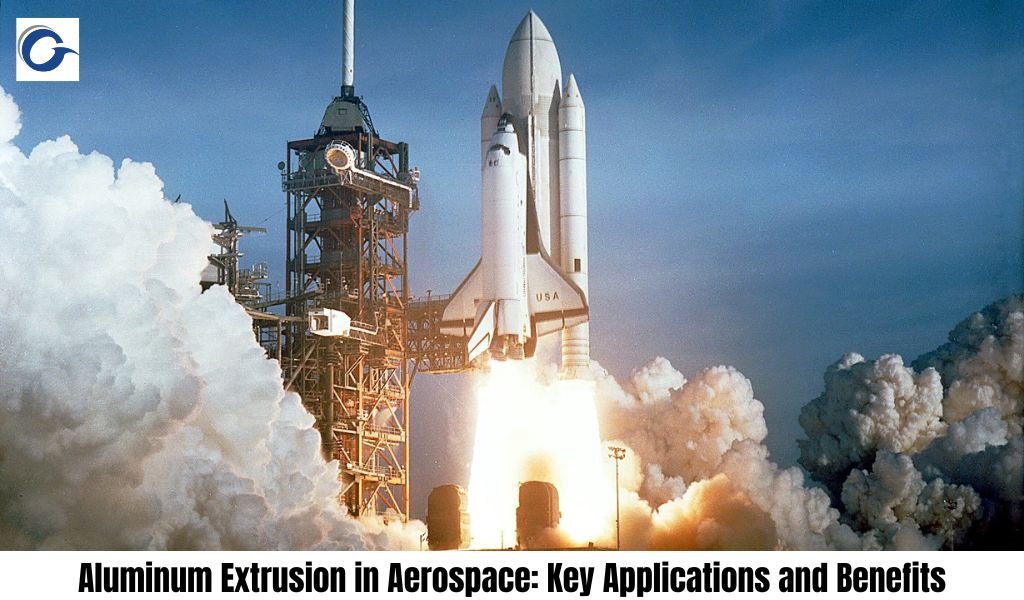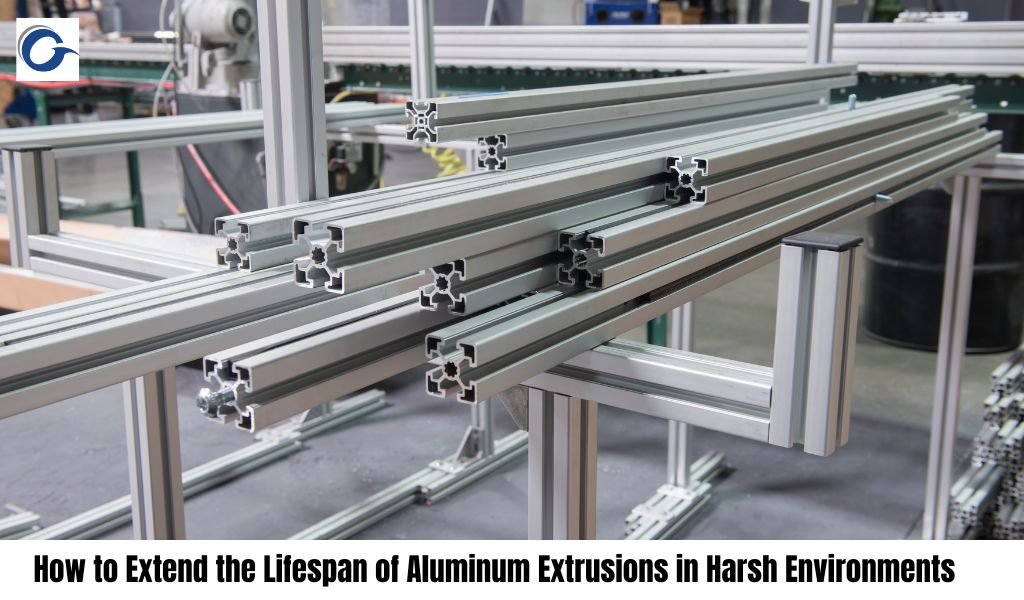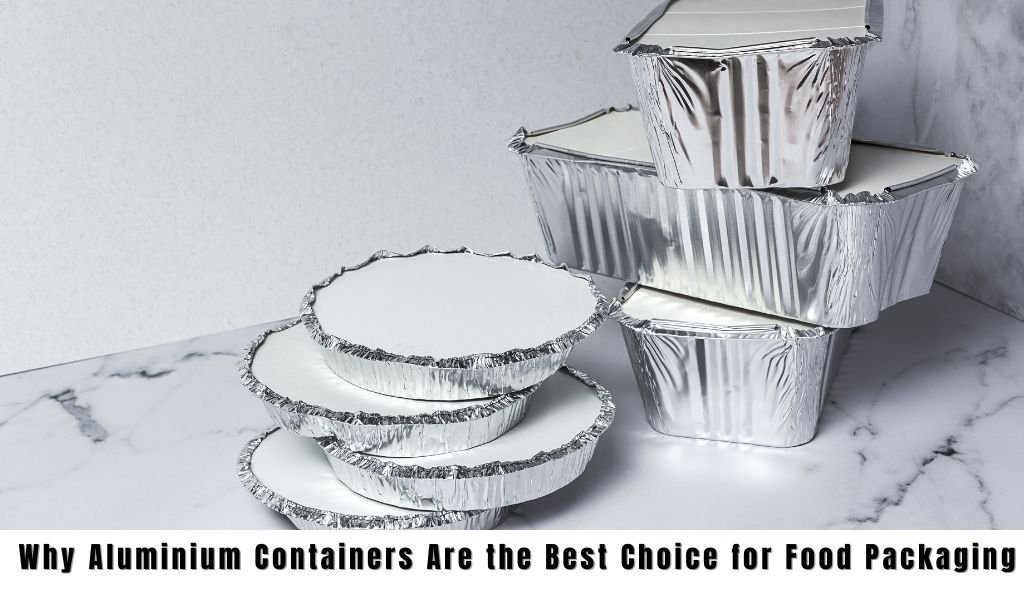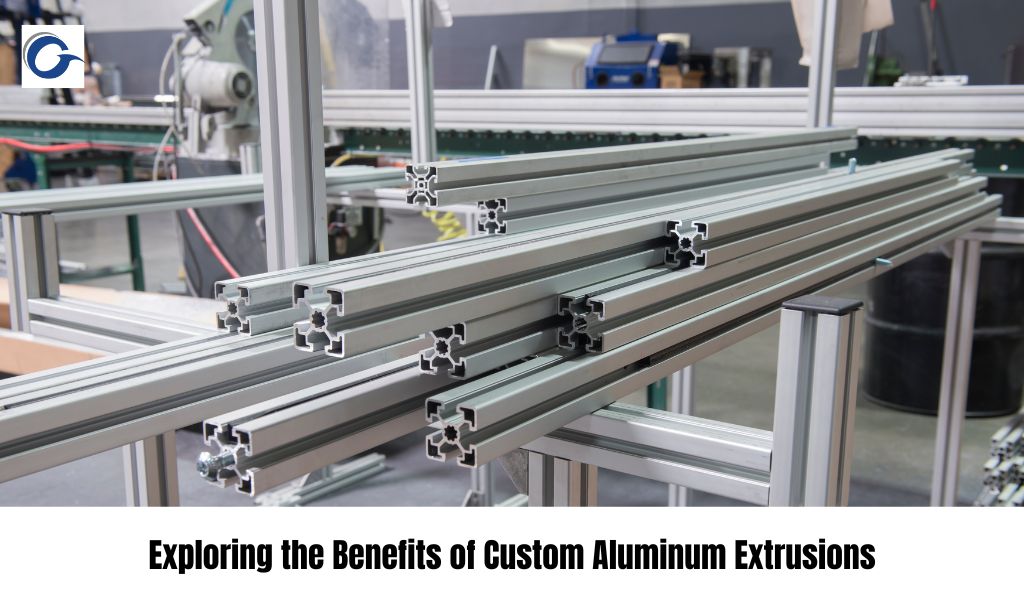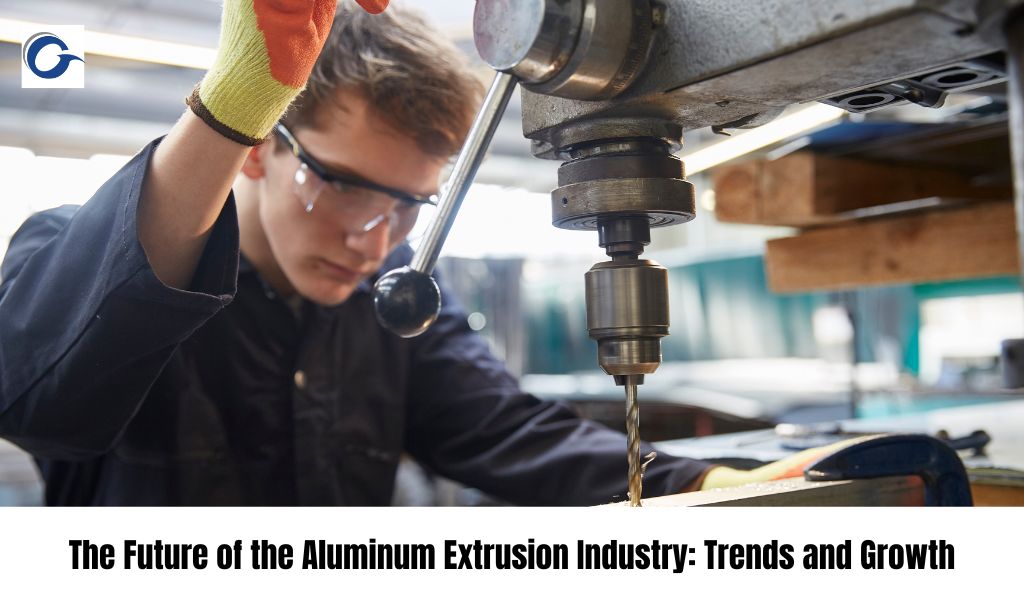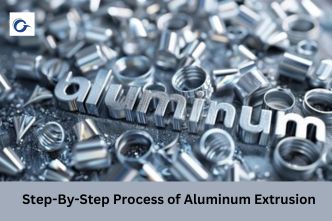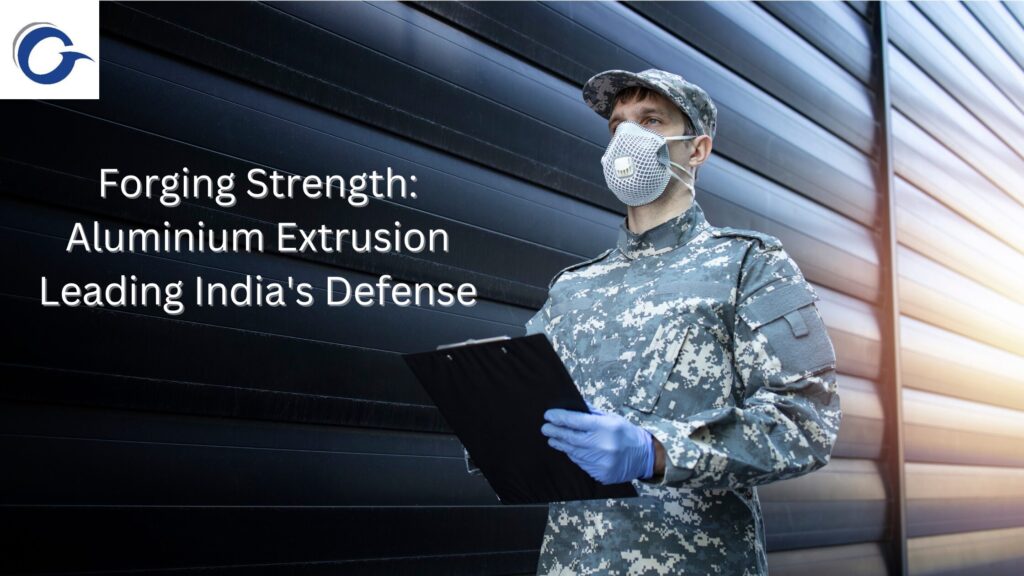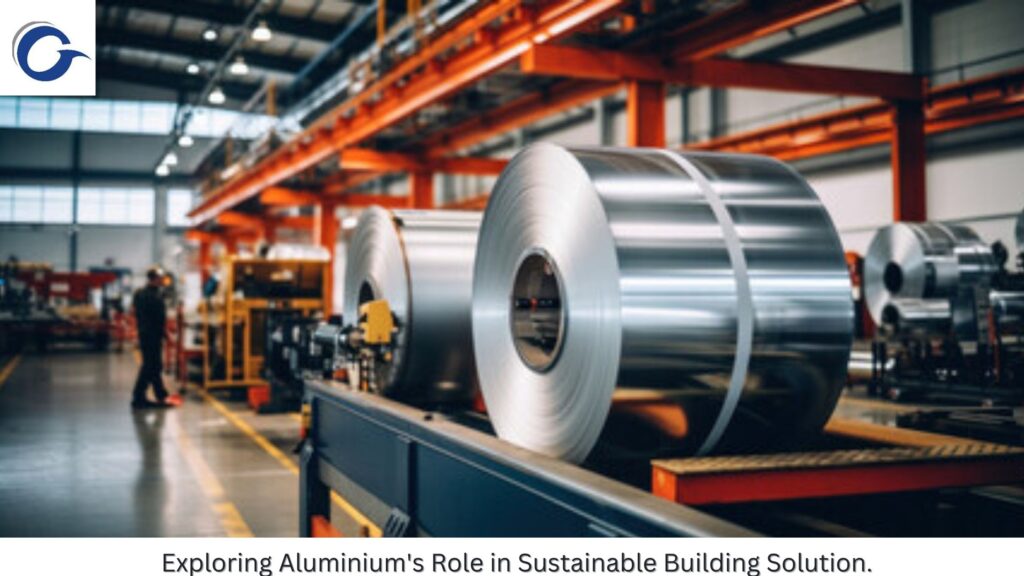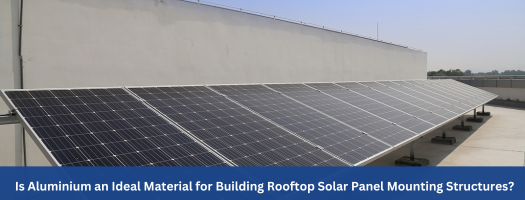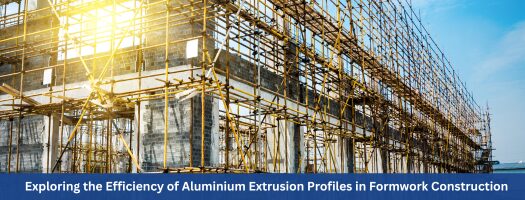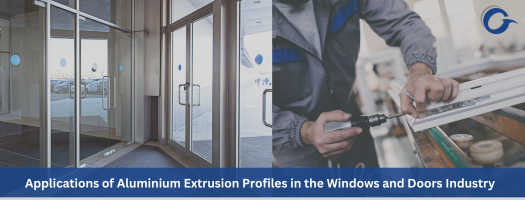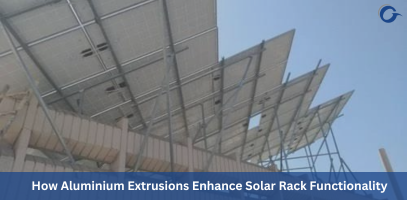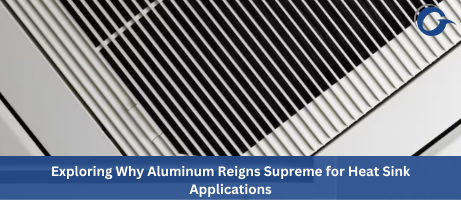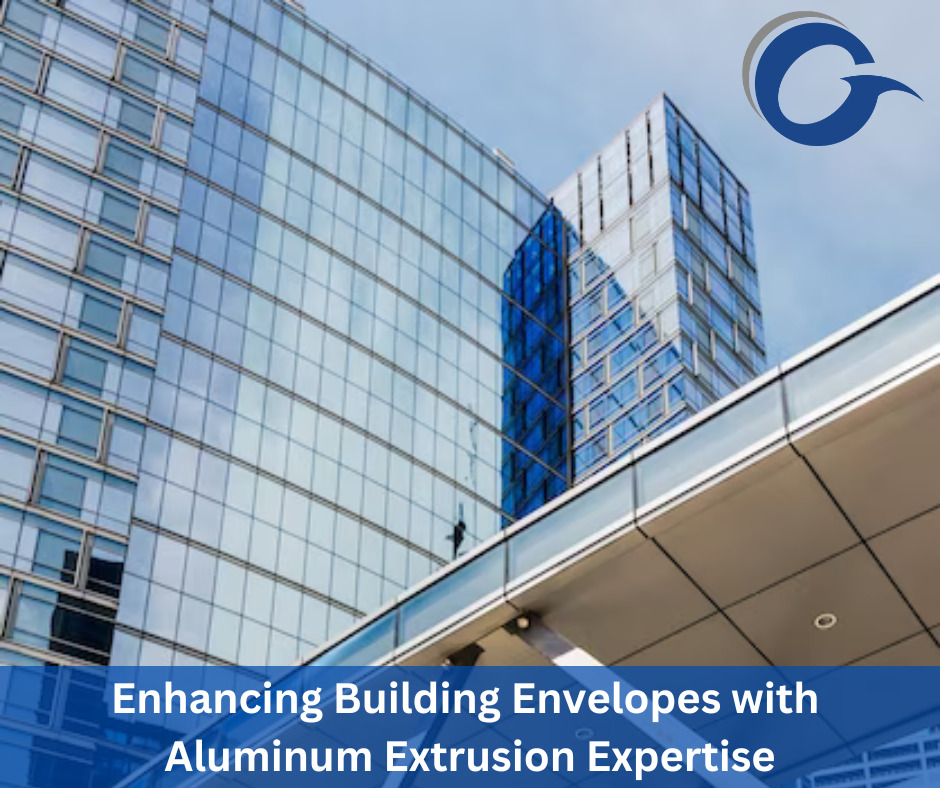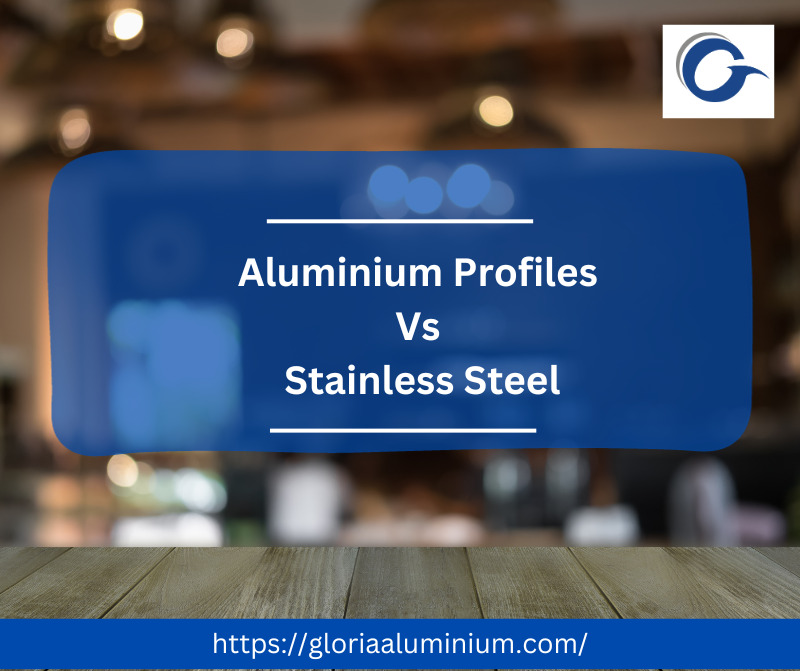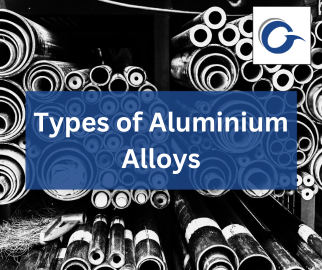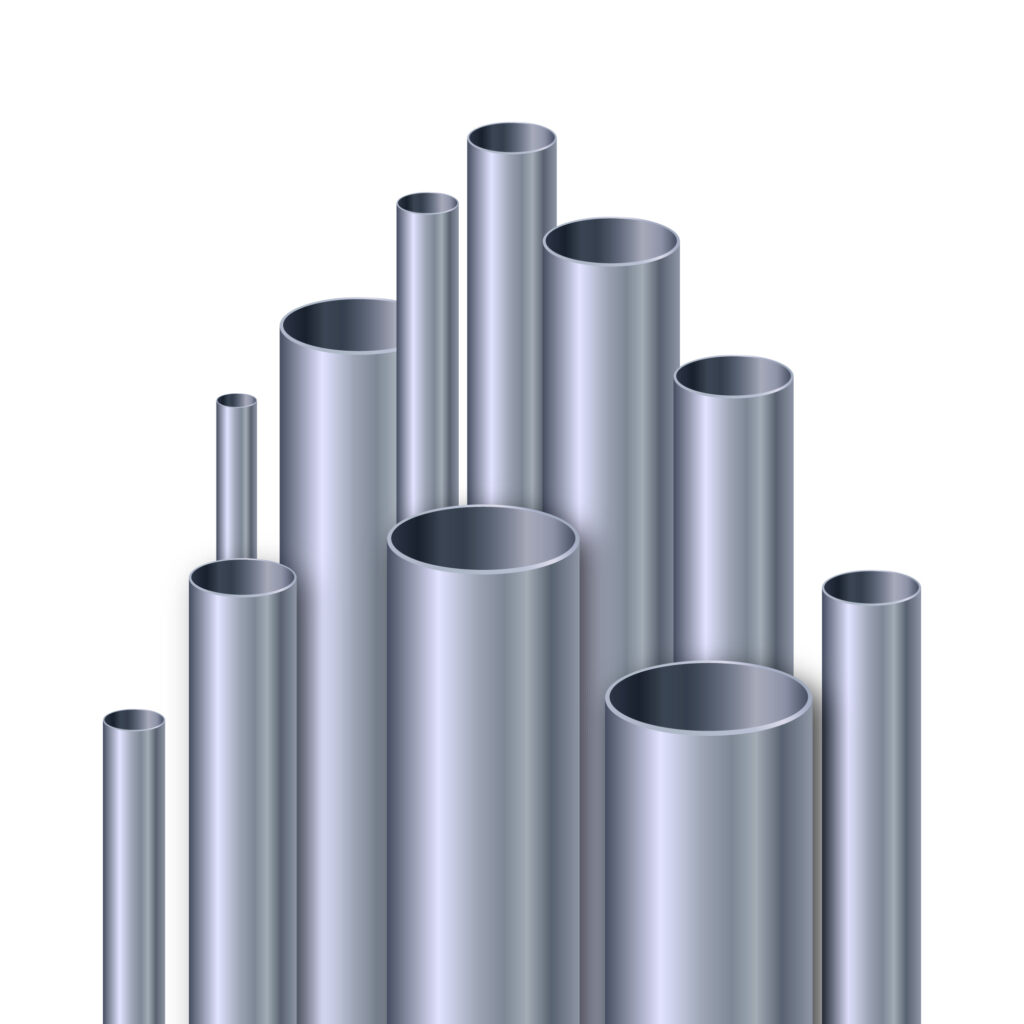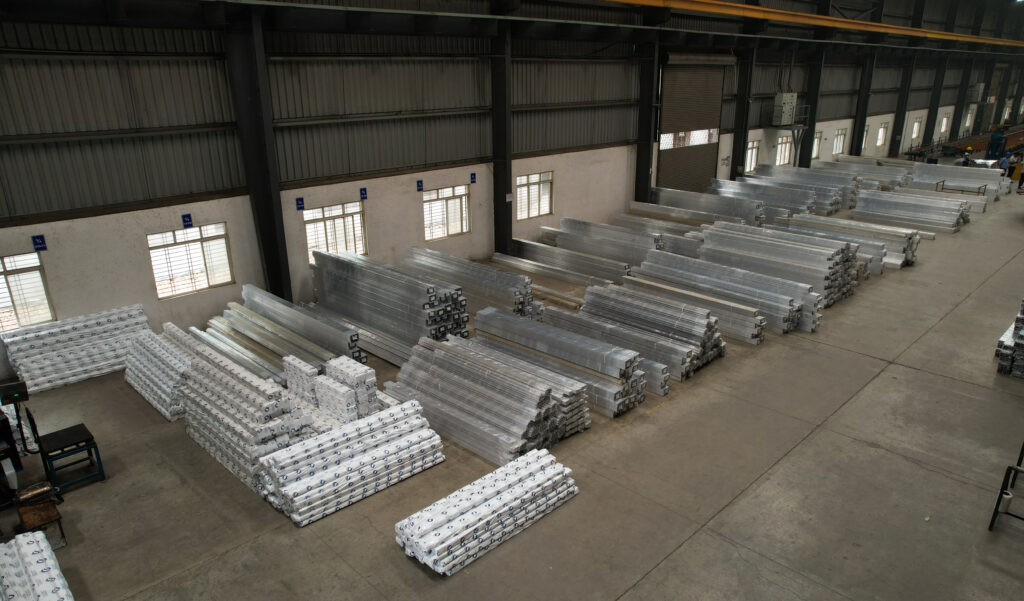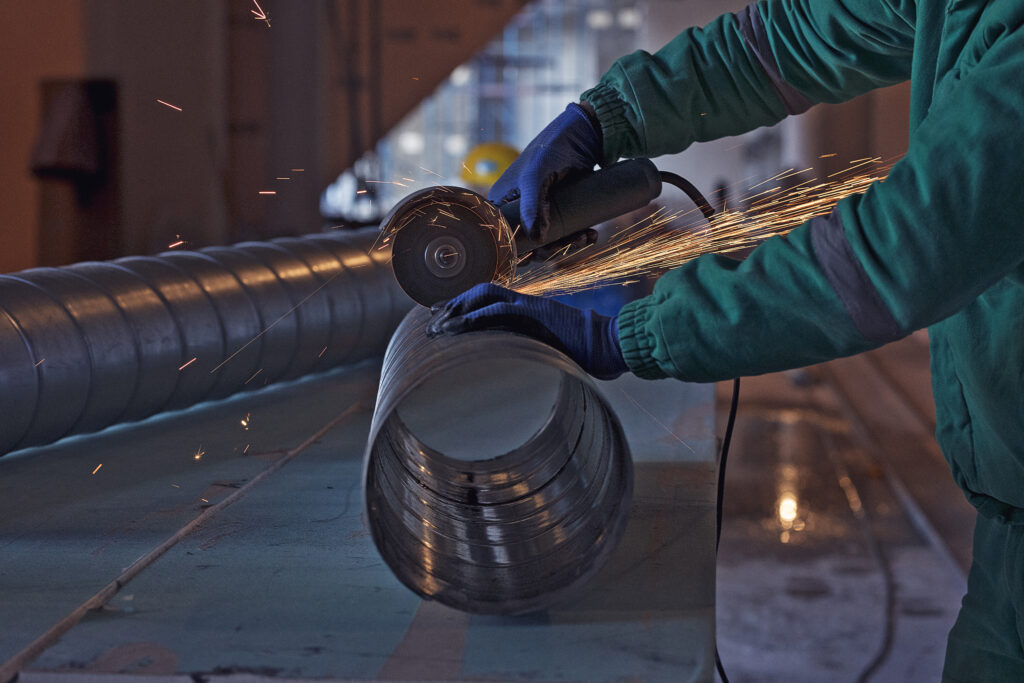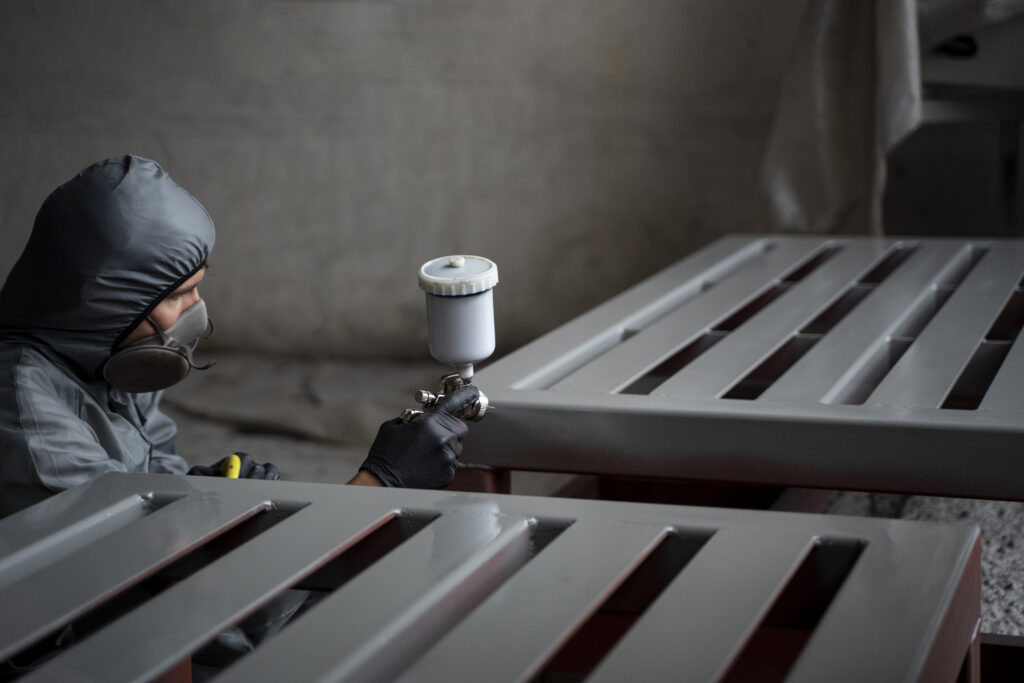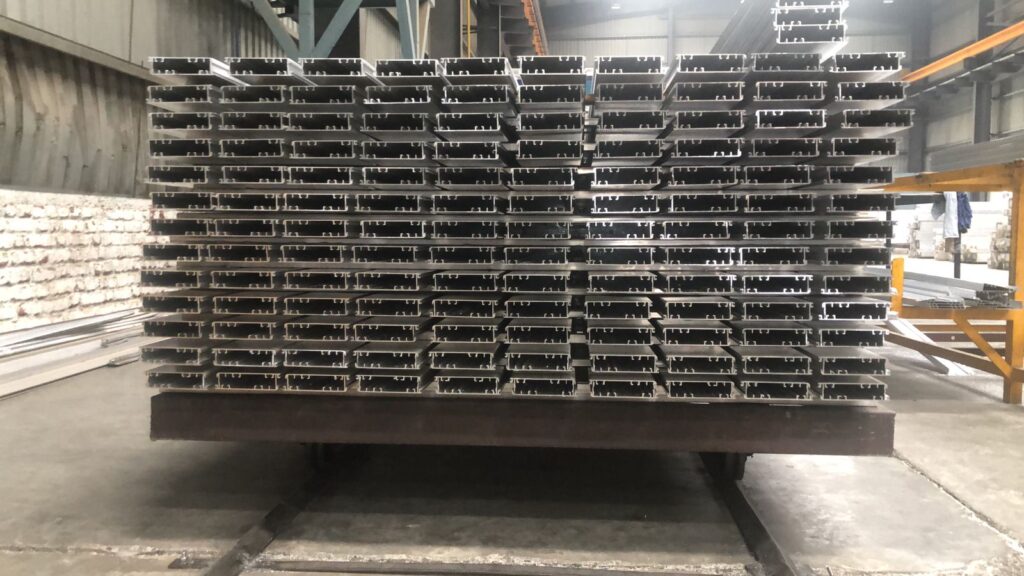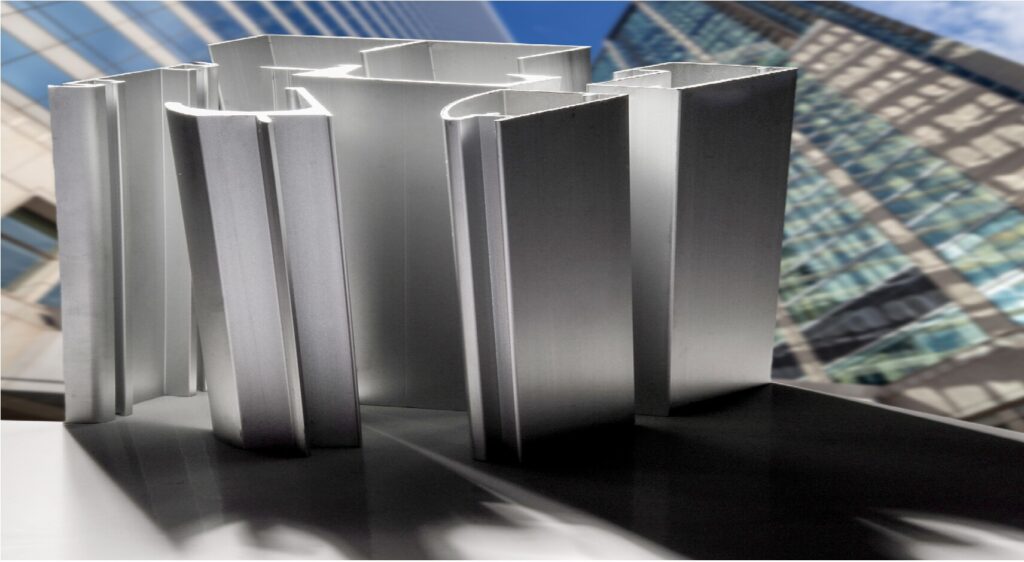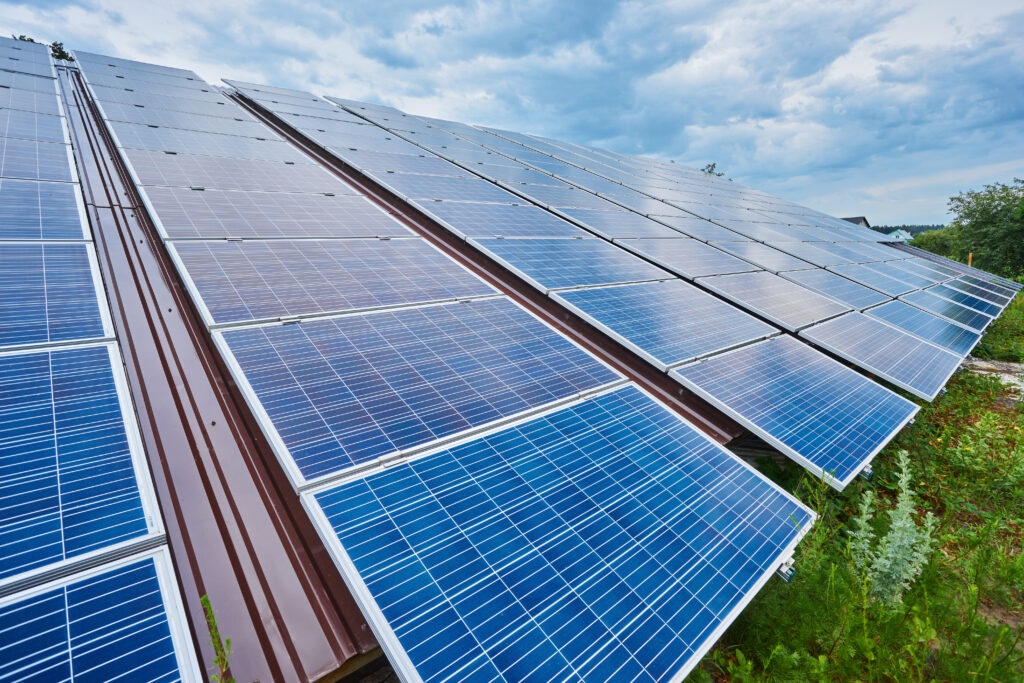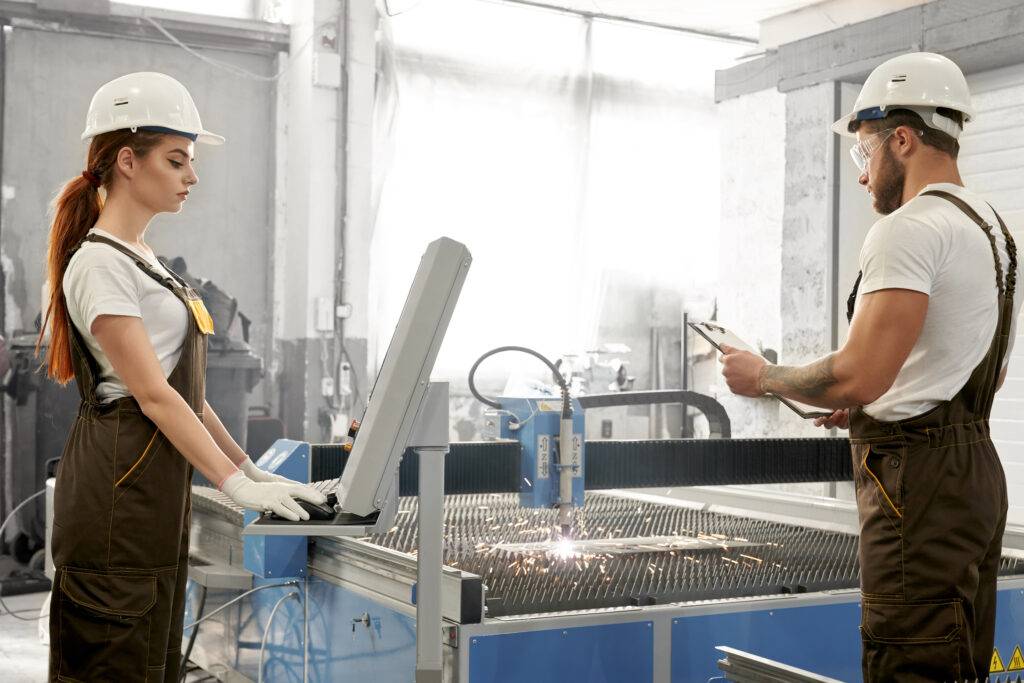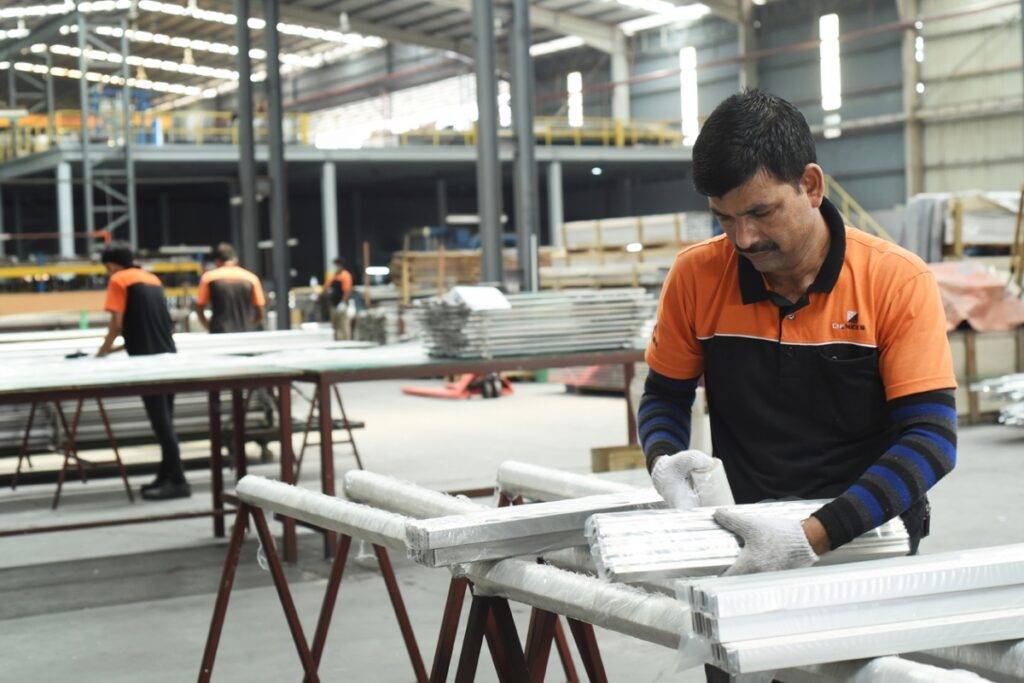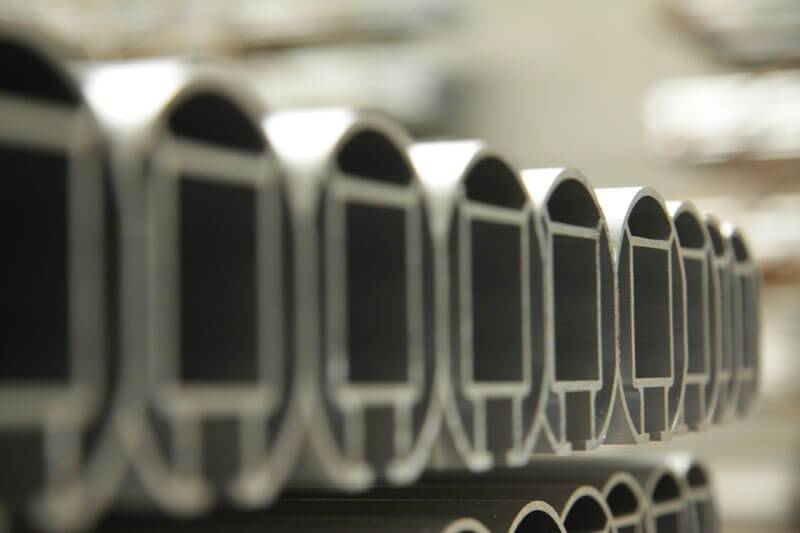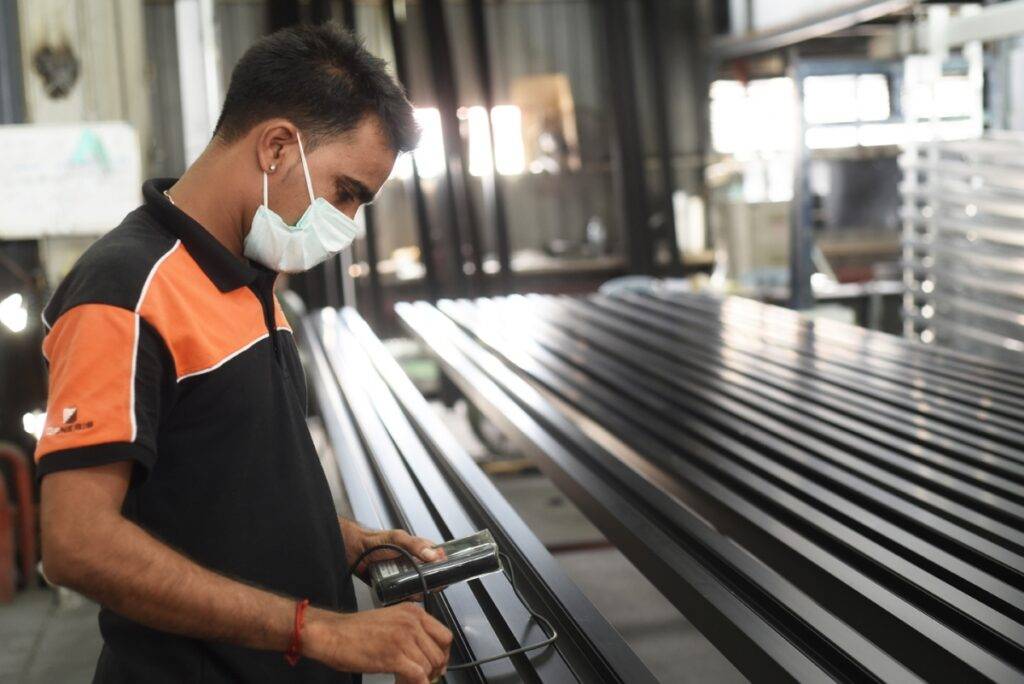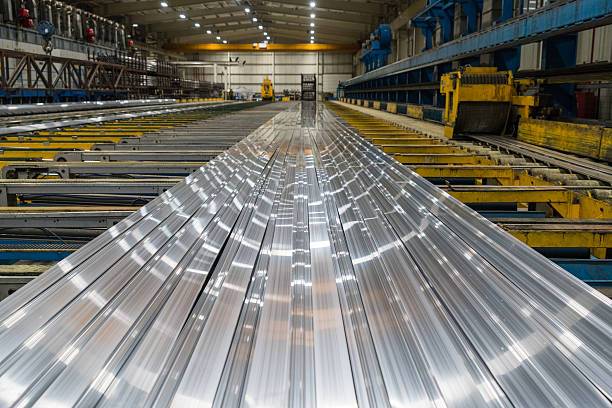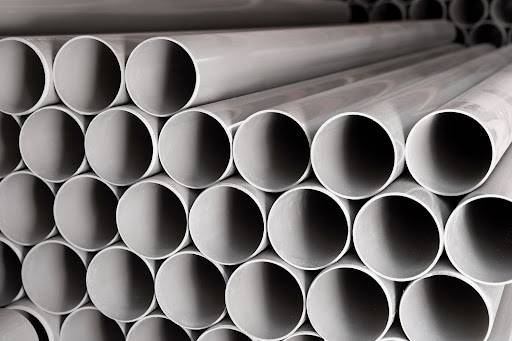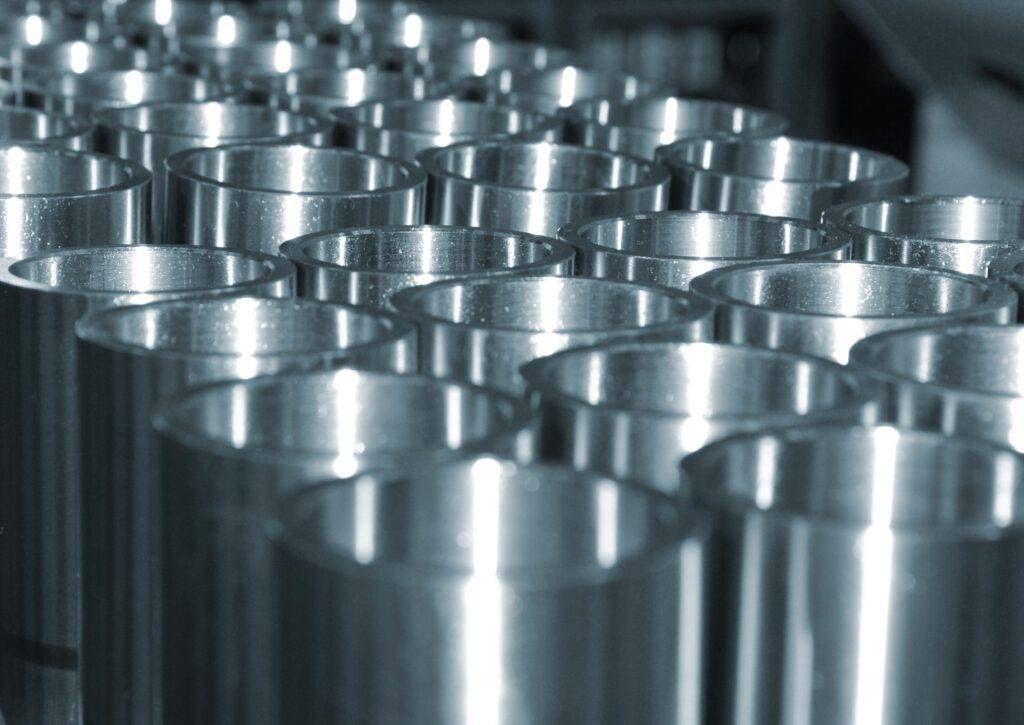There is just no way for us to live without clean water. In a recent period, advanced water purification systems have become essential to dealing with global water scarcity and contamination problems. Aluminum is a key element of these systems and has permitted it to become an indispensable component in modern water treatment technologies. In this blog, we explore how aluminum is powering water purification by examining its use in the development of efficient and durable purification components. Top Aluminium Extrusion Manufacturers together, have come up with innovative techniques to provide and install the advanced water purification system that is more affordable and durable now than ever before. The Role of Aluminium in Water Purification Due to its unique properties, such as its lightweight, corrosion resistance, and good thermal conductivity, aluminum is the material of choice when it comes to the purification of water. Most of the parts that can be engineered precisely with long-lasting performance are made out of Aluminum. Aluminum is integrated into filtration systems for, for example, the production of very efficient membranes and filters. In addition, its capability of forming a protective oxide layer makes it advantageous both for forming protective oxide layers during processing and for making components that are exposed to harsh water conditions. Only with the continued development of water purification technology do we see a move toward aluminum in use that improves the system performance and lowers the overall maintenance and operational costs. Applications of Aluminum in Water Purification Technologies Aluminum’s versatility has led to its widespread use in several key areas of water purification: Filtration Systems More and more, aluminum-based filters and membranes are being used in modern water purification aluminium offers exceptional combining strength and corrosion resistance, and is well suited for making finely engineered filtration components. These filters remove impurities, bacteria, and suspended particles effectively thus making the water safe for consumers and industrial purposes. Catalytic Processes Secondly, aluminum is utilized within the catalytic processes in water treatment. Catalysts in chemical reactions, which break down the contaminants, are aluminum compounds, which aid the disinfection and purification process. The ability to execute this catalytic function in turn makes treatment cycles more efficient and results in better water quality. Structural Components Water purification plants and portable systems are made with a structural framework also of aluminum. It’s good, lightweight and strong properties make sure that the equipment is strong yet easy to transport. Leading Aluminium Extrusion Suppliers have now come up with advanced extrusion techniques that allow their products to take the shape of customized profiles meeting the water purification specificities. Similarly, a significant, reputable company such as Gloria Aluminium gives the raw materials required to manufacture these important components, so that consistency and quality across the industry is maintained. Benefits of Using Aluminum in Water Purification The incorporation of aluminum in water purification systems offers multiple benefits: Cost-Effectiveness Besides being relatively inexpensive compared to many other high-performance materials, aluminum also has low maintenance costs, and since initial investment for materials comes at a premium, it offers a cost saving. Durability Since aluminum is resistant to corrosion and oxidation naturally, components will last longer and work reliably in harsh environments. Energy Efficiency Thermal properties of the material contribute to efficient system operation and thus reduce energy consumption and improve overall system performance. Sustainability The use of aluminum is very environmentally friendly and fits in modern green initiatives because it is highly recyclable. Innovation and Research New research and technological innovations continue to expand the use of aluminum in water purification. Top Aluminium Extrusion Manufacturers are developing new extrusion methods and treatments to further expand and improve the performance and lifespan of aluminum components. Surface treatments and alloy compositions are optimized and research is done into the way to maximize resistance to chemical and thermal stresses. However, these advancements are crucial in the design of the next generation of water purification systems that both perform better and are more reliable. Companies such as Gloria Aluminium are also playing important roles by providing these innovations that share high-quality, precision-engineered aluminum solutions that exceed stringent industry standards. Case Studies and Real-World Examples Numerous aluminum components have successfully purified water across the globe. For instance, when a facility switches from using metallic systems to new aluminum systems, it has been found that the servicing is less frequent and that equipment lasts longer, resulting in less money spent on maintenance. The water quality and process efficiency in industrial plants with aluminum filtration units have been greatly improved. These case studies immortalize the remarkable impact of aluminum in real-world applications, for what it is a material of choice in advanced water purification. Challenges and Future Directions The use of aluminum in water purification has many benefits but it also faces challenges. Nevertheless, research and development are still undergoing issues associated with leaching in some environments or requiring special treatments on the surface. The challenges of these systems will be overcome in the future through advancements in alloy design and coatings that improve the reliability and performance of these systems even more. Advancements in the next generation of water purification systems will rely heavily on the partnership between Aluminium Extrusion Manufacturers and Aluminium Extrusion Suppliers, the partnership involved in ensuring these systems are both sustainable and effective. Conclusion However, aluminum’s unique properties, as a material, have made it a cornerstone in the developing venture of advanced water purification systems. Sustainable aluminum is the force behind efficiencies and supporting structural components, as well as enhanced filtration and catalytic processes in the area of water treatment technologies. Gloria Aluminium is an industry pioneer and leading Aluminium Extrusion Manufacturer and Aluminium Extrusion Suppliers, at the frontier of the Aluminium Extrusion innovation, setting new standards of quality and performance. Learn how developing new approaches to aluminum can change everything about your water purification systems. Connect with the industry experts today and get expert advice as well as premium aluminum components for paving the way towards a cleaner as well as a

